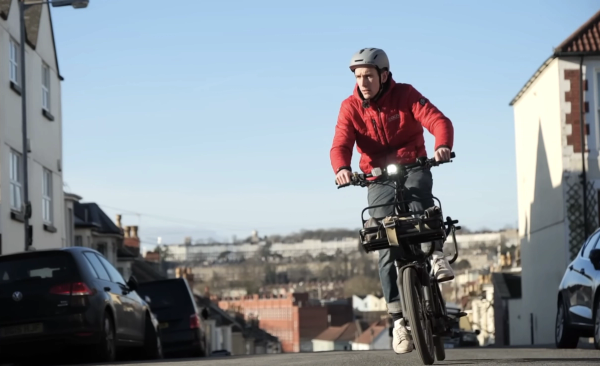Commuting errors: 10 mistakes all cyclists make riding to work
From forgetting a spare pair of shoes to not planning a suitable route, there a whole host of things that can spoil a commute, but avoid these and you will transform your everyday lifestyle
Patrick Fletcher
Deputy Editor
© GCN
Commuting by bike can be one of the most enjoyable parts of your day, but there are some things to watch out for
The course of cycling to work never did run smoothly. Commuting by bike comes with a raft of benefits, from the physical to the mental, and not forgetting the financial. But it also comes strewn with pitfalls.
From the serious errors that may impair your safety, to the more trivial mistakes that may impair your dignity, there are bound to be times on your commute when things don’t quite go to plan.
Some of these are one-time-only, chastening enough never to be repeated. Others are a constant thorn in the side of even the most seasoned commuters. In many cases, they are a rite of passage, as new cyclists learn the ropes and get to grips with riding to and from the workplace, day in and day out.
It’s a fantastically rewarding thing to do, but here are some of the traps that lie in the way.
Read more: Everything you need to know about the Cycle to Work scheme
Forgetting your shoes
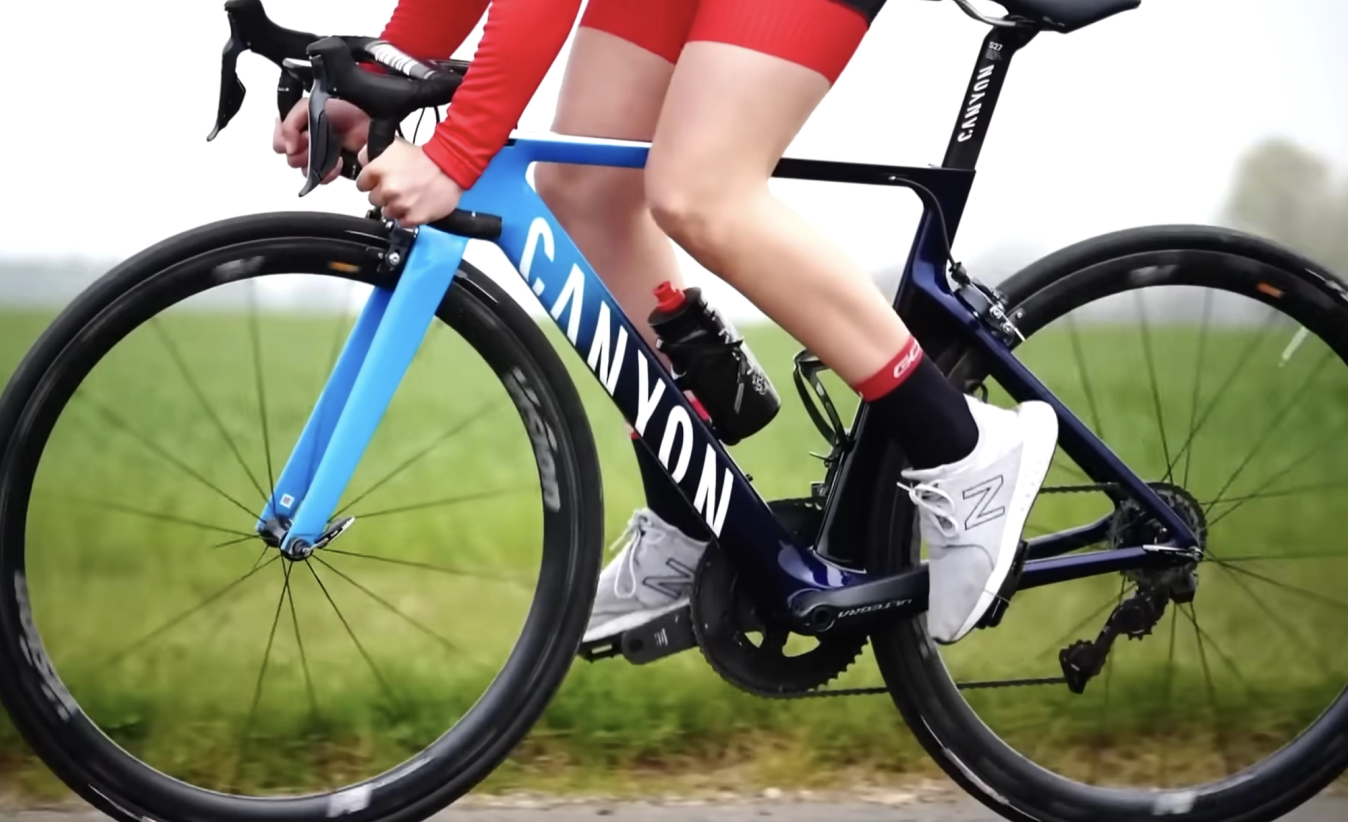
© GCN
Some people might choose to commute in trainers, which is a bonus as you won't be clip-clopping around the office if you do forget a spare pair
There’s a peculiar sense of shame in walking into the office in your socks. There’s also a nagging sense of guilt in slipping into a pair of perfectly-sized Adidas Gazelles you’ve found in a corner of the locker room, in a bid to buy time while you plot your next move. I’d imagine. This ‘mistake’ is really about forgetting anything, but shoes, rivalled closely by underwear, feel oddly like the most humiliating.
If you’re on the sort of commute that has you kitted out in dedicated cycling gear, you’re going to be changing into ‘normal’ shoes once in your workplace. This means carrying them to and from each day, and they can be surprisingly easy to forget. Some people have a dedicated pair they’ll leave in the office, but there may be times when you want them for a weekend or a night out, and that’s even more dangerous, as there’ll be even more likely to slip your mind the next time you ride in.
In any case, it does not have to be shoes. Packing for your commute is a bit of a head-scramble, with a whole range of things to consider, from bike to clothing to valuables. Until you get into the most rigid of routines, there’ll always be something that slips through your memory now and again. It could be a towel, it could be your packed lunch, but pray that it’s not your shoes.
Read more: Could the Cycle to Work scheme be open to self-employed and National Minimum Wage earners?
Fuel tank empty

© GCN
Don't get hit by a hunger knock, so make sure you're fuelled correctly before the ride to or from work
In many cases, commuting by bike saves on fuel, and it’s easy to forget that you’re now the one who needs to be fuelled, albeit in a different way. Even when riding at steady speeds, you can burn a significant amount of calories on the bike, which has clear benefits if you’re looking to lose a bit of weight. So the trap many new commuters can fall into is changing their riding routine without altering their nutritional routine, and eating and drinking as if they’d driven or caught the train.
That could leave you dehydrated, or with depleted glycogen stores, which may have a knock-on effect on your performance and productivity at work. It could also impact your return commute; after a few rotations of the pedals it can become clear you’re running on empty and facing a long crawl home.
Read more: Cycle to work: What's the best bike for your commute?
Dead lights
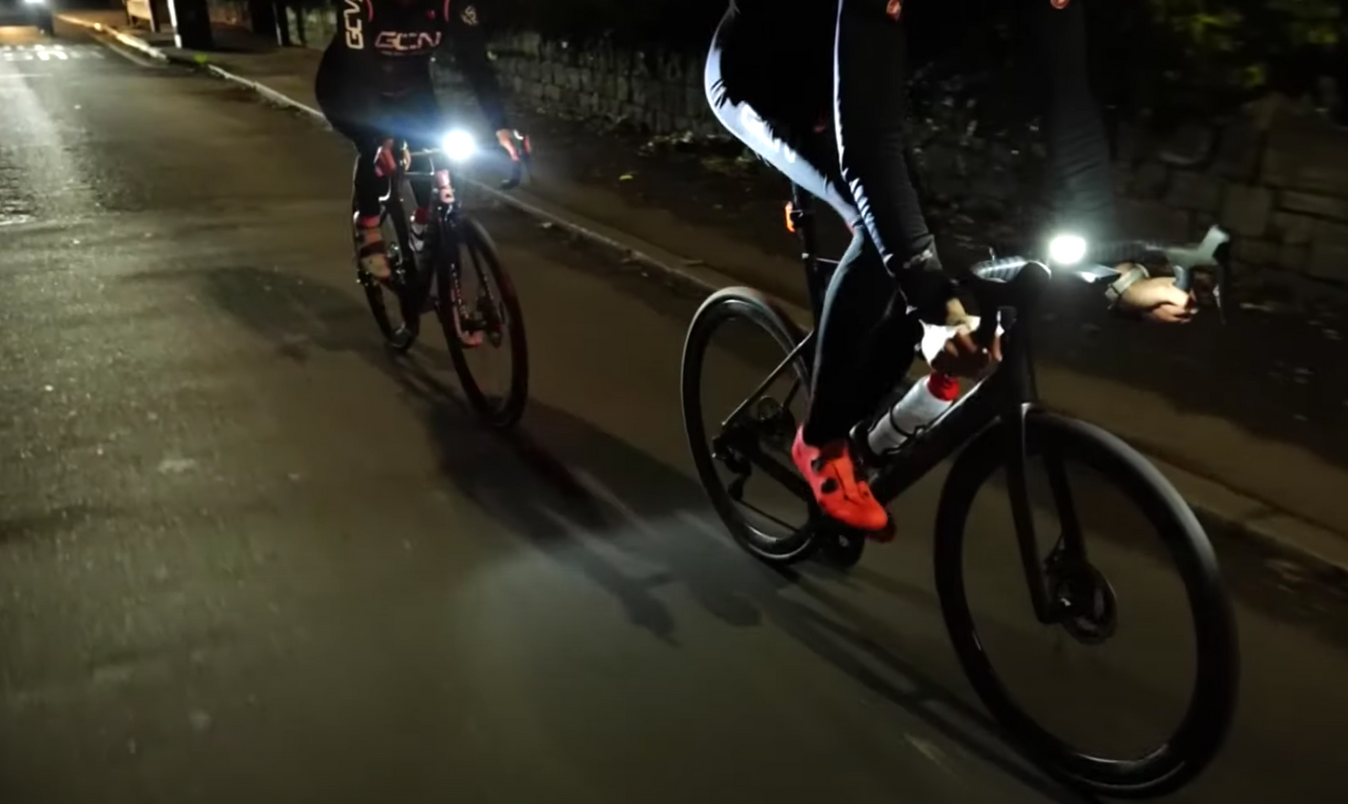
© GCN
Lights are essential for cycling home, especially during the winter months
There are some things you shouldn’t go without on a commute, and lights are one example. Not just essential for the winter months when you’re riding in the dark, front and rear lights are also a safety asset in daylight.
Some can run themselves, known as a dynamo, but most commuters will be using lights that are either lithium battery-powered or USB-rechargeable. In the case of the latter, you’ll have to keep on top of them more often, while the former will last longer but will require a more fiddly replacement.
It can be easy to forget to pack a spare battery or remember your cables for charging at work, but no lights + dark weather is a commute-ending equation.
Read more: Cycling to work makes commuters less likely to be prescribed anti-depressants, new study finds
Not waiting to shower

© GCN
No one wants a smelly office, be it from perspiration or smelly cycling kit
Most seasoned commuters have been here. You’re late for work, you’re pushing the pedals harder than you otherwise might, you end up at work out of breath and dripping with sweat. With the clock hitting 10 to 9, you jump in the shower quickly, get changed and run up to your desk, only to find the sweat still pouring from your face.
When you’ve had a hard workout, your body will continue to generate heat for a good while after you’ve stopped. Even if you jump into a cold shower, you can’t complete the cooling process with the flick of a switch, and you’ll find that once you’re clothed again and in a warm office, your body will still be trying to shift some of that heat it has built up.
A premature shower effectively undoes the purpose of that shower and leaves you looking a little flustered in front of your colleagues. If you’re going to be spending the first 10 minutes of the working day sweating, we’d say it’s preferable to do so in your cycling gear, getting a head start before some of your colleagues arrive, and then taking yourself off for a shower.
If you’ve got an important 9am meeting, the solution is simple: don’t be late in the first place.
Read more: I can’t cycle to work, or can I?
Taking a stupid route

© GCN
Some routes may be beautiful, but not necessarily the best idea for a morning commute when time is of the essence
Route planning is a key part of commuting. Whether you’re out to get from A to B as quickly as possible, as relaxed as possible, as tired as possible, or have had as much fun as possible, researching the roads is a key part of getting the most out of your ride to work.
Failure to plan might leave you forced to re-route at a one-way street, it might leave you stopping every minute at a new set of traffic lights you hadn’t even considered, and it might lead you into an area of heavy or fast traffic that simply feels unsafe. If you’re out for more of an exercise commute, a diversion through the countryside might sound appealing, but what if there are loads of stupidly steep climbs and narrow descents you have to crawl up and down?
There are so many resources for route planning nowadays, from Google Maps to Strava, but even in the most meticulous of plotters, a new commute will require some real-world trial and error. Until you get to grips with it, you may well find yourself arriving at work late, tired, or both.
Read more: How to start cycling to work: Top tips for commuting by bike
Not locking your bike securely

© GCN
As unfortunate as it may be, bikes get stolen far too often and we must do what we can to protect them
We’ve talked about one commute-ender but what about a commuting-ender? Having your bike stolen can signal game-over for you and your cycling-to-work efforts. For starters, bikes can be expensive to replace, without adequate insurance, and then there’s the blow to morale and the fear it might happen again.
You don’t have to have all the latest high-tech gadgets to commute, but locking your bike well is something that demands careful consideration and some solid investment. Whether it’s in your workplace or out in public, you should research the best places to leave your bike, and the best methods to secure them, using a good quality lock, and in some cases two of them.
This is the one mistake where there might be no coming back from it.
Read more: Bosch expands theft protection on smart e-bike systems
Misreading the weather, and mis-dressing
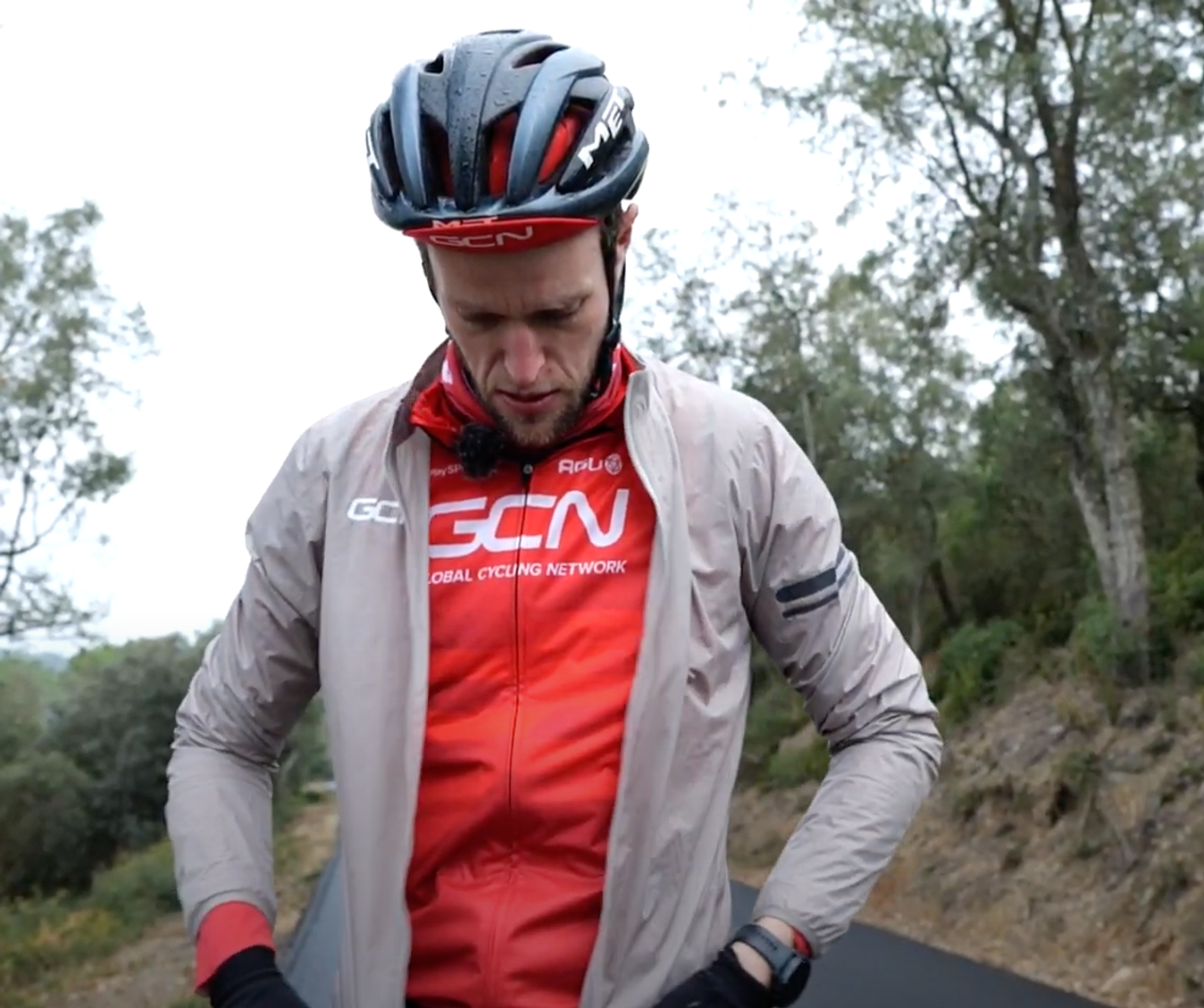
© GCN
Having a rain jacket to hand is always a good idea
Many of the mistakes in this list are one-time errors but this one will continue to catch out the most seasoned of commuters, at least in areas where the weather gods strike with unpredictability.
There is a rookie mistake here, and that’s forgetting to check the weather forecast in the first place. You might assume it’s been a cold snap and, operating on auto-pilot, reach for the layers and the gloves, only to find a surprisingly mild morning with no breeze. You might head out without any waterproofs, ignorant of the fact a deluge is 95% certain. In these cases, you’ll be extremely uncomfortable on your ride and could even ruin some of your gear for the day.
Even if you do check the forecast, though, you’ll still get caught out from time to time. Intuition and experience will take you so far, and packing for all eventualities will help, but, in a humbling sort of way, the weather remains the thorn in the side of cyclists of all levels.
Read more: Commuting by e-bike: 7 things you need to know
Not allowing enough time

© GCN
Don't spend too much time sleeping before a morning commute, it will only end up in trouble
We’ve touched on it above, but getting everything ready, and remembering everything, for your commute takes longer than you think. You factor in your riding time, the time you reckon you need to have coffee and breakfast in the morning and then the time it takes to properly clock on once you’ve arrived at your workplace, but there’ll always be something that gets in the way.
It might be a tyre that needs inflating, it might be that snood you can’t find, and it might be those headphones that won’t untangle. Whatever it is, there’s always something there to trip you up.
You have to choose the lesser of two evils here: an earlier alarm, or spending some time before bed getting everything ready and laid out for the morning.
Read more: Cycle to Work reform must come from within the industry — GoGeta’s founder
No spares
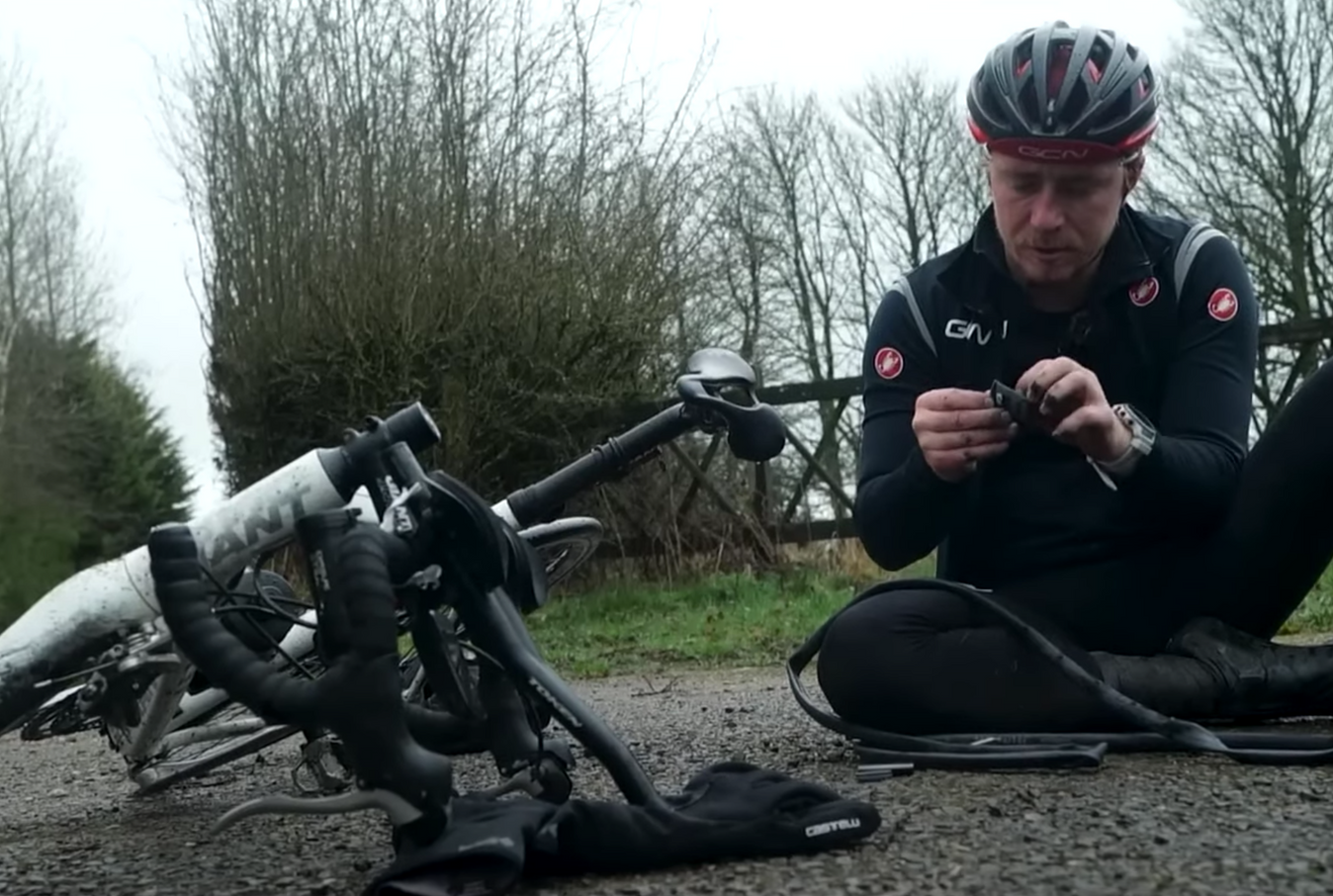
© GCN
Punctures do happen and they do need repairing
You might think of a commuter bike as bomb-proof, with heavy puncture-resistant tyres and sturdy componentry that favours reliability over speed. However, even with the hardiest of commuting workhorses, mechanical problems do occur. Forgetting to carry tools and spares or, worse, neglecting to, is one of the most basic mistakes a commuter can make.
A puncture you can’t fix might mean a long old walk or even a taxi, eating up the money you thought you were saving on the train fare. With bike set-ups that come with a significant weight penalty, there’s no excuse for not carrying at least a spare inner tube, tyre levers, and a multi-tool. Likewise, familiarising yourself with how to perform basic mechanical repairs is not a step that’s worth skipping. Eventually, it will bite you.
Read more: How to fix a puncture on a tubeless tyre
Wet laptop

© Ryan Hill (Instagram: _ryanhill_) / EF Pro Cycling
Nothing is safe from a soaking when commuting in the rain, unless you prepare properly
Many of the best bags for commuting – be they backpacks, panniers, or frame bags – are waterproof. However, not everyone will be minded to invest in the most high-tech gear, and most commutes are undertaken with what the rider already has at their disposal. In most cases, this would be a standard backpack. This can, however, present a particular danger for the goods inside. In many places, rain can strike at any time, seemingly out of the blue, and a sudden downpour can turn what you thought would be a dry commute into a sodden affair.
While you might not mind your keys getting a bit wet, and you can dry your clothes out on the other side, if water seeps into any electronics it could be nasty, especially if that equipment belongs to your employer. Waterproof bags work, but so do plastic bags within your normal backpack.
Read more: 7 winter riding mistakes all cyclists should avoid
Bonus mistake: Not giving it a go at all

© GCN
Commuting is great, and it can be even better with friends
The last thing we’d want to do here is, by listing out all of these pitfalls, scare anyone off the idea of commuting. There are a few safety points to be taken seriously, but for the most part, the mistakes we’ve discussed are fairly trivial, without any major consequences, and often with a tale to tell at the end of it. In fact, these mistakes are a sort of rite of passage for any commuter.
Articles like this will hopefully help to inform, but suffering these mishaps for yourself is simply part of the learning curve and, some would say, part of the fun. You can commute by bike as much as you like, in any way that you like, and often the hardest part is just taking the plunge and getting started. Once you do, you’re bound to make some mistakes, but the biggest mistake of all would be to not give it a crack in the first place.
Read more: Electrify your commute: How to cycle to work on an e-bike
For everything you need to know about general cycling news, check out this tab on the GCN website.
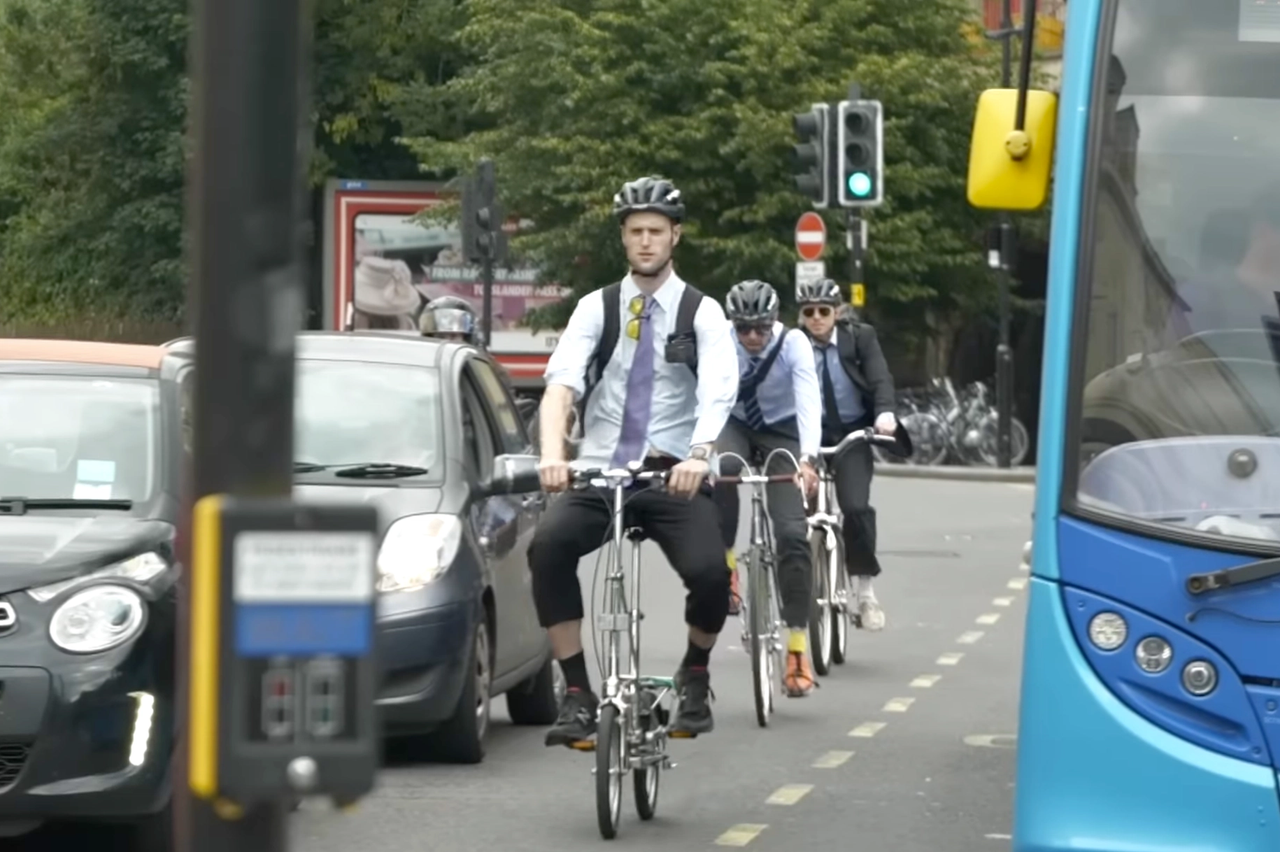






.webp?w=600&auto=format)
